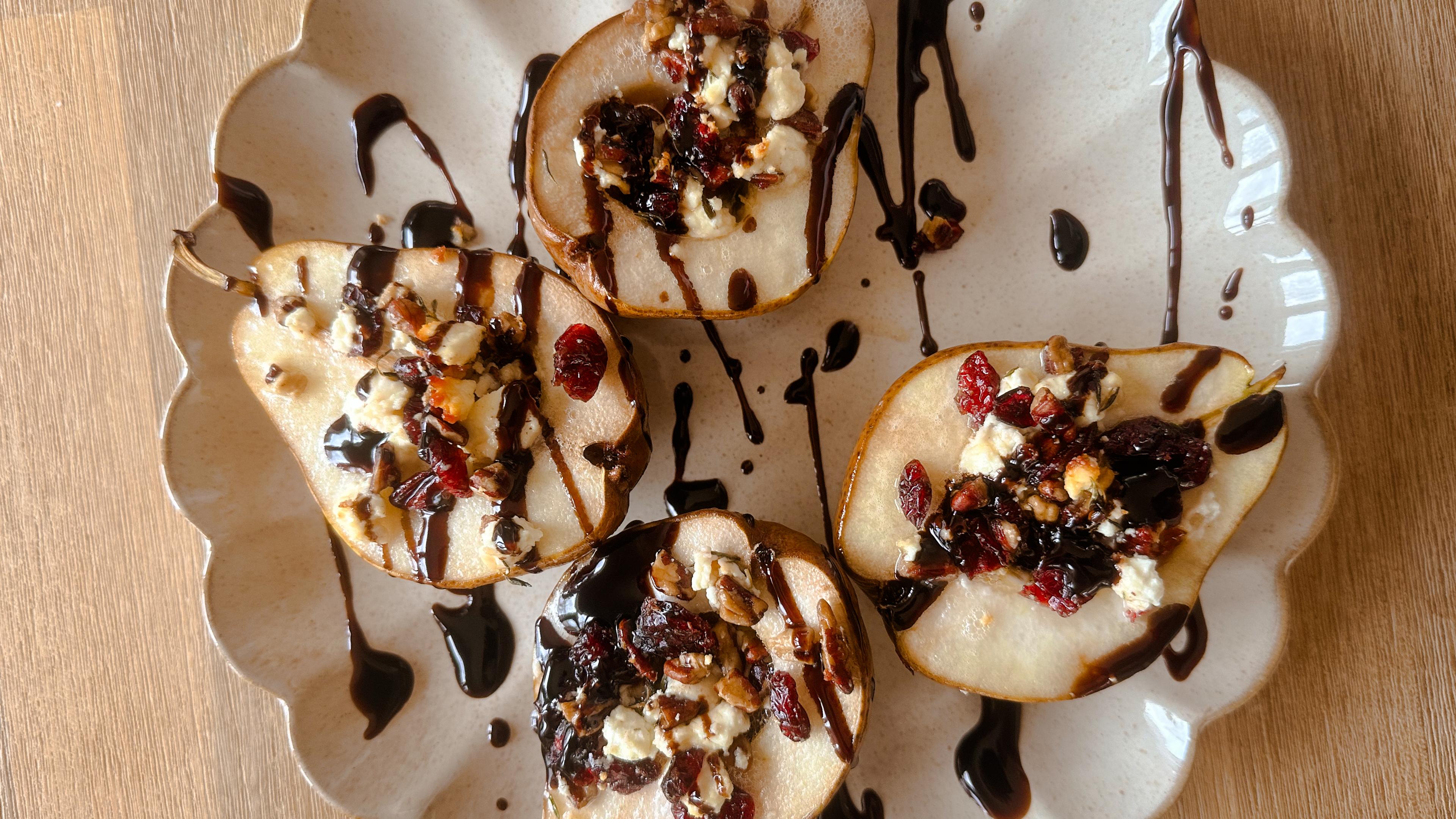Serving Size vs. Portion Control: What’s the Difference?
Maddie Michaels
| 3 min read

Recommended serving sizes can often times be disproportional when portion sizes are larger or smaller than expected. Many people mix up the terms “serving size” and “portion size,” making healthy choices much more difficult. While they seem like the same thing and are used interchangeably, both terms actually have separate meanings.
A serving size is the recommended amount of food elements within a meal to be considered a standard fulfillment. Whereas a portion size refers to the amount of food that is actually consumed at one time, which can contain more or less than the recommended servings provided.
When these terms are misused, and in return, applied improperly, negative effects may follow. Personal goals could be ruined due to the lack of understanding, when it comes to serving sizes and portion sizes. While you could be gaining all of the nutritional elements in a serving size, if you are eating portions that exceed the proper amount, then you are eating too much, and that will cause unhealthy side effects such as weight gain.
To make sure you are maintaining a healthy diet, be sure to follow these simple comparisons to help judge if your serving sizes are accurate:
- Cheese: an ounce (the size of your thumb)
- Peanut Butter: two tablespoons (the size of a ping pong ball)
- Ice Cream: one cup (the size of a baseball)
- Margarine: a teaspoon (the size of one dice)
- Meat: three ounces (the size of a deck of cards)
- Pasta: one cup (the size of your fist)
- Fruit: one-half cup (the size of a tennis ball)
- Raisins: one-fourth cup (the size of an egg)
These serving sizes should be able to help you determine the exact size of the meal you should be consuming at a time. This will help you to make sure the amount of a certain food is adequate, where the portion can be more tricky. Although you can be aware of controlling your portion sizes, it is often easier said than done. Here is a list of tips that can help you maintain your portion size when eating a meal or snack:
- Don’t eat from a package. Eat from a plate, so that the food you are eating is laid out in front of you and you will know exactly how much you are eating and stop when it is gone from the plate.
- Use smaller plates. This can help make it seem like there is more on your plate because it is full, rather than a large plate with the same amount of food. This can help control your portions and make your brain believe you are full.
- Don’t skip meals. If you skip meals, your body will go into starvation mode and want to eat even more at your next meal. This often times gives you reason to eat larger portions, which is not healthy.
- Eat your food in a different order. When you’re sitting down for a meal, eat the vegetables and fruit on your plate first. This way, when you get to the main part of your meal you will not be as hungry for the fatty contents, allowing you to control the portion that you consume easier.
Hopefully this advice will help you to stay on track with the correct serving sizes and portion amounts that are right for you.
Photo credit: Farrukh





